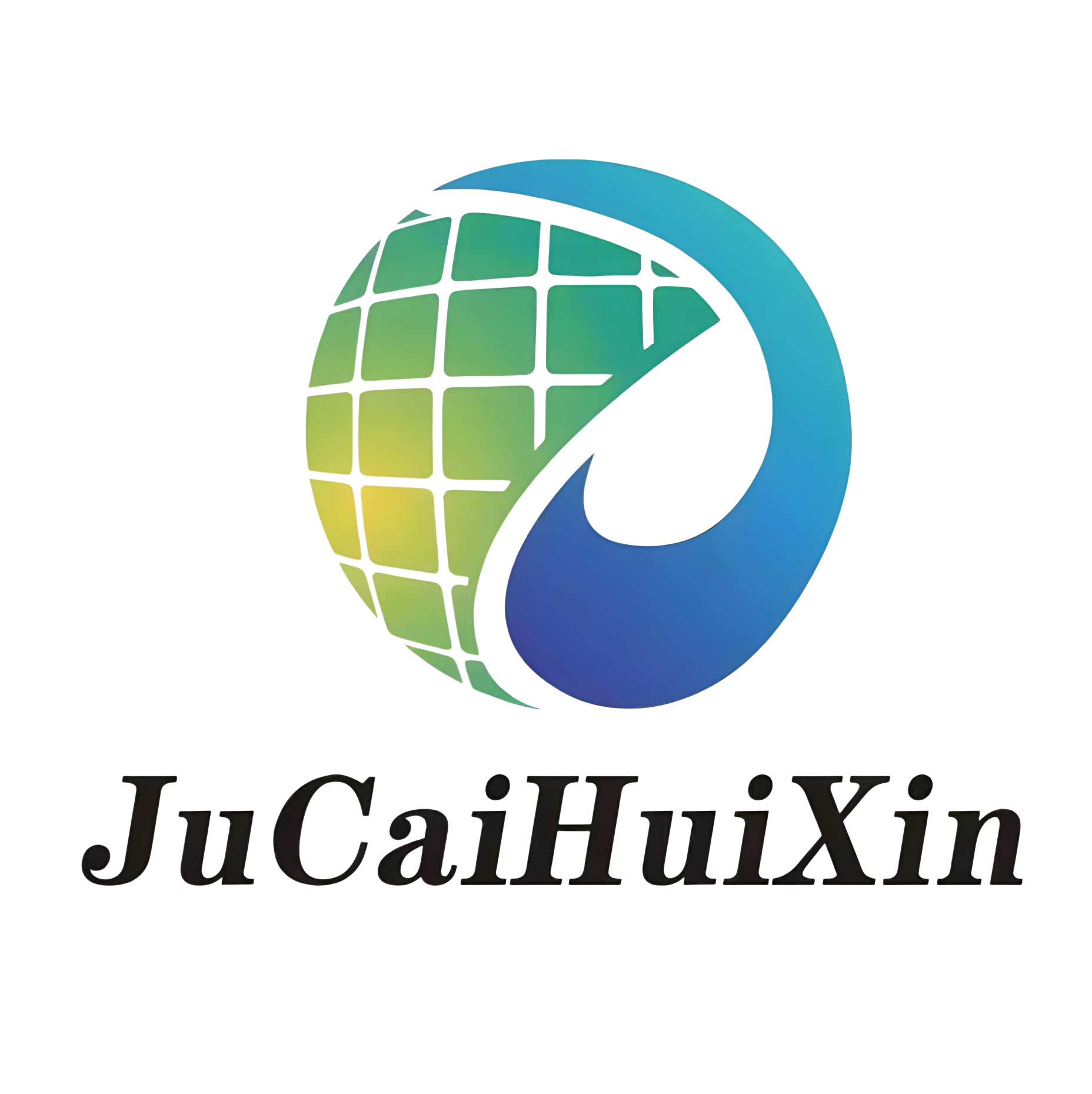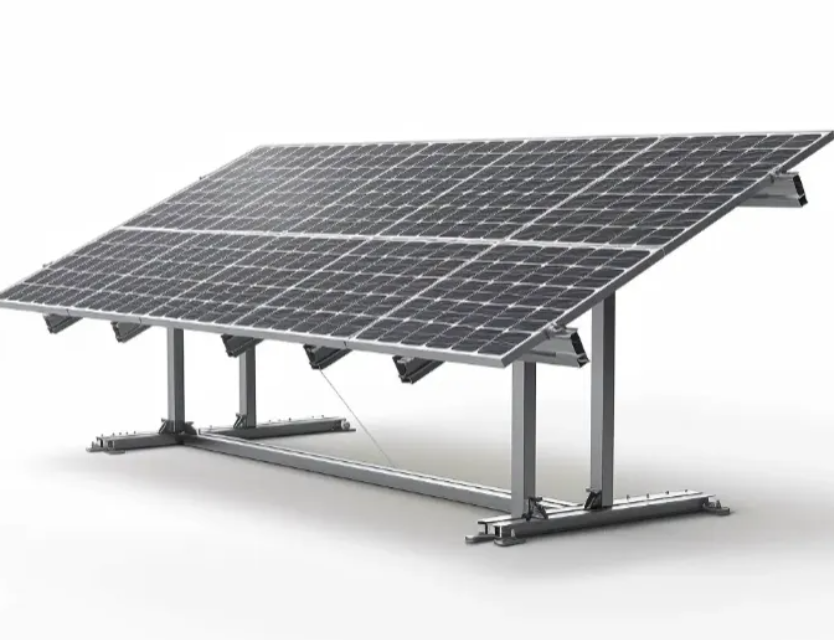ソーラー追跡システムによるエネルギー出力の向上
一日を通しての日光照射の最適化
ソーラー追跡システムは、太陽光発電の最適化において重要な役割を果たし、パネルの効率を大幅に高めます。これらのシステムは、空を移動する太陽に対して写真電気パネルの位置を動的に調整し、最適な角度を維持します。この継続的な調整により、太陽パネルが一日中最大限の日光を得ることができます。高度なアルゴリズムとセンサーを使用して、これらのシステムは地理的位置や季節に基づいて太陽の位置を計算し、影を最小限に抑えることで太陽エネルギーの捕獲を最適化します。研究によると、ソーラートラッカーは日光への露出を最大化することで、効率の向上に大きな影響を与えています。
固定式アレイと比較して生産性を20-45%向上
研究はその著しい利点を強調しています ソーラー追跡システム エネルギー生産を促進するためのものです。伝統的な固定型ソーラーアレイとは異なり、トラッカーは太陽の経路を正確に追跡できるため、出力を20%から45%向上させることができます。この一貫した太陽光の捕捉により、設置されたキロワットあたりより多くのエネルギーを生成することができます。ソーラートラッキングシステムの強化された容量は、生成されるエネルギーのワット単位コストを大幅に削減することで、より高い収益に貢献します。これは、固定アレイと比較して、トラッキングシステムが太陽エネルギーの向上において実用的な効果を発揮することを示しています。
季節的角度調整のための二軸精密
ソーラートラッキングシステム、特にデュアルアクストラッカーは、年間を通じて異なる季節に応じて太陽エネルギーの収集を最適化する最先端の解決策を提供します。これらのシステムはパネルが水平および垂直の動きを調整できるため、一年を通して太陽の角度の変化に対応することが重要です。このような適応性は、特に冬の間に空の低い位置にある太陽に対処するために非常に有益です。その結果、デュアルアクストラッカーは年間を通じて日光の吸収を最大化し、季節の変動に関係なく一貫した太陽エネルギーの生産を確保します。この適応性により、太陽エネルギー出力を最大化することを目指す人々にとって、デュアルアクストラッカーシステムは魅力的な選択肢となります。
ソーラートラッキングシステムを活用することで、エネルギー出力を効果的に最大化でき、最終的にはより持続可能なエネルギーの未来に貢献できます。
ソーラートラッキング技術の財務上の利点
パフォーマンスに基づくPPA収益の向上
ソーラートラッキングシステムは、太陽光発電設備のエネルギー出力を大幅に向上させる可能性があり、これは電力購入契約(PPA)における収益ポテンシャルを直接強化します。これらの契約には、エネルギー出力に依存するパフォーマンスインセンティブが含まれることが多く、最適化された生産指標が重要です。ソーラートラッカーによる効率の向上は、収益性を改善するだけでなく、投資家を引き付けます。これは主に、高いエネルギー出力がより良い契約条件につながり、プロジェクトの全体的な実現可能性を増大させるためです。最先端技術であるソーラートラッカーを採用することで、投資家はキャッシュフローの改善につながる堅牢な機会を見ることができます。
高収量によるLCOEの削減
ソーラートラッキングシステムの最も魅力的な財務上の利点の一つは、均等化電力コスト(LCOE)の削減です。エネルギー収量が増加すると、エネルギーユニットあたりの総コストが減少し、これによりソーラートラッキングシステムが財務的に魅力的になります。システムの寿命全体にわたってより大きなエネルギー収量を固定設置コストに配分することで、投資家や開発者は大幅なコスト削減を活用できます。さらに、低いLCOEはエネルギー市場での競争力を強化し、プロジェクトの承認と財政支援を得る可能性を高めます。したがって、市場競争力を目指す企業や開発者は、ソーラートラッキング技術を統合することによって恩恵を受けられます。

税額控除基準によるROIの加速
ソーラートラッキングシステムは、出力効率を向上させるだけでなく、利用可能な税額控除制度のおかげで投資回収期間(ROI)を短縮することにも貢献します。再生可能エネルギー事業のための30%連邦投資税額控除(ITC)などの税インセンティブは、優れたエネルギー生産能力を持つソーラートラッカーを使用することで最大化できます。これらのクレジットに資格を得るためのエネルギー生産基準を満たすのは著しく容易になり、高効率プロジェクトがさらに財政的に魅力的になります。これは、ソーラートラッカーのような先進技術を利用したプロジェクトが、より速く、より高い投資収益を得られる可能性があることを意味し、大きな経済的利益につながります。
極端な気象条件への耐性機能
自動化された雪または雹対応プロトコル
今日のソーラートラッキングシステムは、雪や雹などの環境的な課題に巧妙に対応するための高度な自動化メカニズムが装備されています。これらのシステムは、パネルの角度を自動的に調整して雪を効果的に落とし、潜在的な損傷を最小限に抑えることで、パネルが悪天候の中でも動作し続けることを保証します。気象監視デバイスの統合により、パネルに対するリアルタイムの調整が可能になり、エネルギー生産が最適化され、設備の健全性が維持されます。この技術による弾力性の向上は、太陽光インフラの寿命を延ばすだけでなく、厳しい天候にもかかわらず一貫したエネルギー生産を支援します。
停電時のグリッド独立運転
現代の太陽追跡システムの重要な利点は、統合されたバッテリーストレージとバックアップ機能のおかげで、グリッドに依存せずに動作できることです。このグリッド独立性により、停電時に継続的な電力供給が確保され、病院や緊急サービスなどの重要インフラにとって特に価値があります。電力の中断時でも運営を維持できるため、太陽追跡システムは安全性と信頼性を向上させ、重要なサービスに必要な途切れることのないエネルギー供給を保証します。この信頼性は、エネルギー弾力性の解決策として太陽追跡システムを検討しているステークホルダーにとって魅力的なポイントです。
受動的な風収納保護メカニズム
受動的な風収納保護メカニズムは、多くの太陽追跡システムの主要な機能であり、強風などの極端な気象条件からパネルを保護するために設計されています。これらのメカニズムは、風抵抗を最小限に抑えるためにパネルを自動的に調整するため、手動での介入を必要とせずに損傷のリスクを大幅に低減します。この自動調整は、厳しい気象条件下でもシステムの耐久性と持続的な効率を確保することの重要性を強調しており、これは太陽技術の長寿命につながります。このような革新は、太陽光発電設備の構造的完全性を向上させるだけでなく、一貫したエネルギー生産と効率にも貢献します。
土地の最適化とシステムの柔軟性
傾き制御付き高密度インストール
ソーラートラッキングシステムは、高密度設置をサポートすることで土地の最適化を促進し、都市部やスペースに制約のある環境に適しています。これらのシステムはより小さな土地でより多くのエネルギーを捕獲できるため、土地が貴重な場所での新たな機会を生み出します。傾き制御機能の組み込みにより、パネルはサイト固有の条件に基づいて角度を調整でき、これによりエネルギー出力を最大化します。この適応性は、プロジェクト開発における土地関連の課題を効果的に軽減するソーラートラッキングの役割を強調するものです。
傾斜地対応能力
高度な太陽追跡システムは、伝統的な固定式システムでは難しい起伏のある地形や傾斜地でのエネルギー収穫を最適化するために設計されています。この技術的革新により、企業は地理学的な制約に関係なく、より多くの利用可能な土地を効率的に活用できます。傾斜地に対応することで、これらのシステムはプロジェクト全体の収量を増加させ、これは太陽光発電インストールの財務的実現可能性にとって重要です。このような適応性を利用することで、太陽光プロジェクトの効率と出力を大幅に向上させ、各サイトのポテンシャルを最大限に引き出すことができます。
モジュラーエクスパンションによるフェーズ別開発
ソーラー追跡システムのモジュラーデザインは、段階的な拡張とフェーズごとの開発を可能にし、プロジェクトファイナンスや変動する市場需要に完全に対応できます。このモジュラリティにより、企業は設備を段階的に拡大でき、大きな初期費用を回避しながら市場シェアを迅速に獲得することが可能です。このようなフェーズごとの開発戦略は、投資家や利害関係者にとってより管理可能な収益プロファイルを提供し、持続的な成長と利益確保を実現します。この柔軟性は、市場の変化に適応する上で有利であり、再生可能エネルギーの導入において戦略的な優位性を提供します。
将来を見据えたエネルギーアイテグレーション
IoT対応の生産予測
太陽光追跡システムにIoT技術を統合することで、エネルギー生産の予測方法が革新されます。リアルタイムの生産データを活用することで、これらのシステムは現在の環境条件や予想される天候の変化に基づいて運用を調整できます。このダイナミックな能力により、エネルギー出力を最適化し、再生可能エネルギー事業における意思決定プロセスを強化します。IoTを活用することで、資源管理を改善し、状況が変動する中でも太陽光プロジェクトが実現可能であることを確保できます。
バッテリーストレージサイクル最適化
ソーラー追跡システムは、バッテリー蓄電ソリューションを大幅に強化し、エネルギーインフラの重要な一部となります。充電サイクルを最適化し、需要ピーク時にエネルギーを供給することで、これらのシステムはグリッドの安定性に貢献し、一貫した電力供給を確保します。この相乗効果により、太陽光発電設備の価値が向上し、異なる市場での経済的実現可能性も高まります。効果的なバッテリー管理により、私たちは太陽光プロジェクトの財務収益を最大化しながら、持続可能なエネルギー未来をサポートできます。
スマートグリッド電圧調整支援
ソーラートラッキングシステムの役割は、エネルギー収穫にとどまらず、スマートグリッド技術をサポートすることにもあります。これらのシステムは、エネルギー生産に関するリアルタイムデータを提供することで、電圧調整を支援し、グリッドの信頼性を向上させます。また、スマートグリッドへのシームレスな統合能力により、再生可能エネルギーのより広範な利用が促進され、ユーティリティが利用できる予測ツールも強化されます。スマートグリッドイニシアチブをサポートすることは、エネルギーポリシー目標と太陽光プロジェクトを一致させ、政府やコミュニティからのさらなる受容と支持を促進します。このような一致は、クリーンで効率的なエネルギー構造への移行を推進する上で重要です。
FAQ
ソーラートラッキングシステムとは何ですか?
ソーラートラッキングシステムは、写真電池パネルを太陽に向けるために使用される機構です。これらのシステムは、一日を通してパネルの位置を調整して日光への露出を最大化し、エネルギー生産効率を高めます。
ソーラートラッキングシステムはどのように機能しますか?
ソーラー追跡システムは、センサーやアルゴリズムを使用して、特定の場所と時期における太陽の位置を計算します。そして、光の捕獲を最適化するためにパネルの角度を動的に調整します。
デュアルアクシス型ソーラートラッカーの利点は何ですか?
デュアルアクシス型ソーラートラッカーは水平方向と垂直方向の両方を調整できるため、年間を通じて太陽の軌道に従って追随することが可能です。このシステムは特に冬の低角度の太陽光線においても、最大限の光を取り込むことができます。
ソーラートラッキングシステムは極端な天候に対処する方法は?
これらのシステムには、自動的な雪や雹への対応プロトコル、グリッド独立型の運転能力、そして受動的な風による保護メカニズムが備わっており、極端な気象条件でも耐久性と継続的な運転を確保します。
ソーラートラッキングシステムはどのような財政的メリットを提供しますか?
ソーラー追跡システムは、増加したエネルギー生産、低下した均等化電力コスト(LCOE)、税額控除による早期のROI(投資回収期間)、および電力購入契約(PPAs)に基づく収益潛力の向上などの様々な財務上の利點を提供します。

